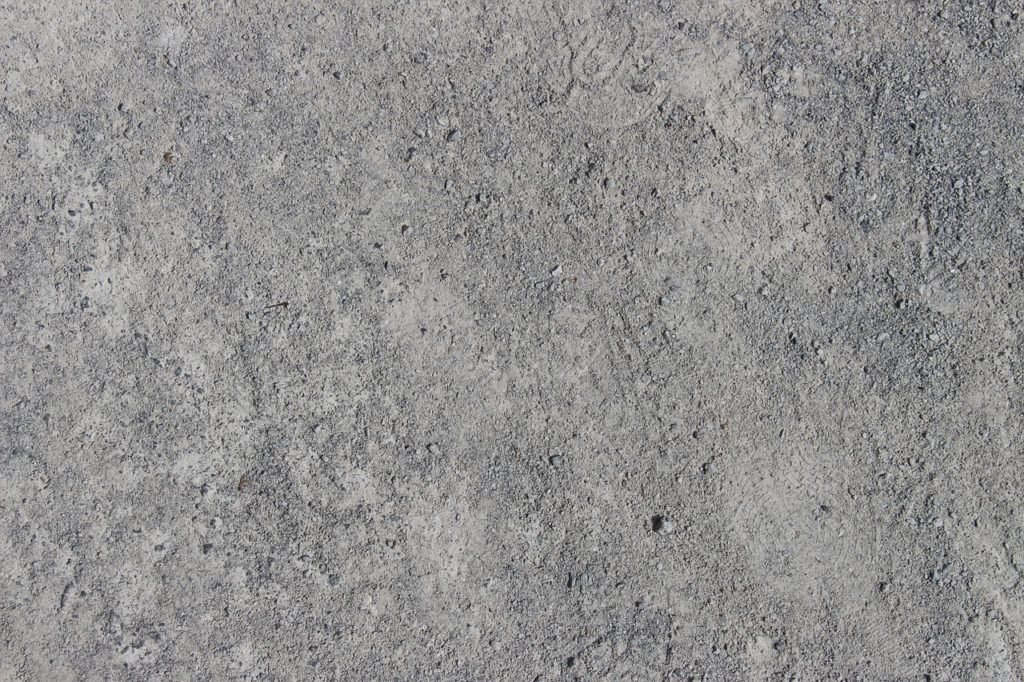Concrete
Concrete is a product obtained artificially by hardening of the mixture of cement, sand, gravel and water in predetermined proportions.
Concrete has enough strength in compression but has little strength in tension. Due to this, concrete is weak in bending, shear, and torsion. Hence the use of plain concrete is limited applications where great compressive strength and weight are the principal requirements and where tensile stresses are either totally absent or are extremely low.

Properties of Concrete
Weight
The unit weights of plain concrete and reinforced concrete made with sand, gravel of crushed natural stone aggregate may be taken as 24 KN/m3 and 25 KN/m3 respectively.
Compressive Strength
The compressive strength of concrete depends primarily on age, cement content and the water cement ratio. The strength of concrete is defined at 28th day.
Increase in strength with age
Due to hydration of concrete the strength increases with the age of concrete.
Tensile Strength of concrete
There is very low tensile strength in concrete. When the designer wishes to use an estimate of the tensile strength from compressive strength, the following formula can be used
Flexural strength, fcr=0.7√fck N/mm2
Elastic Deformation
The modulus of elasticity is normally related to the compressive characteristic strength of concrete
Ec=5000√fck N/mm2
Where, Ec= the short-term static modulus of elasticity in N/mm2
fck=characteristic cube strength of concrete in N/mm2
Shrinkage of Concrete
Shrinkage is the time dependent deformation, generally compressive in nature. The constituents of concrete, size of the member and environmental conditions are the factors on which the total shrinkage of concrete depends. However, the total shrinkage of concrete is most influenced by the total amount of water present in the concrete at the time of mixing for a given humidity and temperature.
Creep of Concrete
Creep is another time dependent deformation of concrete by which it continues to deform, usually under compressive stress. The creep strains recover partly when the stresses are released.
Thermal Expansion of Concrete
concrete will be having its effect of high temperature during fire.
The coefficient of thermal expansion depends on the nature of cement, aggregate, cement content, relative humidity and size of the section.
Workability
The workability of a concrete mix gives a measure of the ease with which fresh concrete can be placed and compacted. The concrete should flow readily into the form and go around and cover the reinforcement, the mix should retain its consistency and the aggregates should not segregate.
Durability
A durable concrete performs satisfactorily in the working environment during its anticipated exposure conditions during service.
Test on Concrete
Workability Test
Slump Test
Vee-Bee Consistometer Test
Compaction Factor Test
Air Content
Pressure Air Method
Setting Time
Initial Setting Time is defined as the period elapsing between the time when water is added to the cement and the time at which the needle of 1 mm square section fails to pierce the test block to a depth of about 5 mm from the bottom of the mould.
Final Setting Time is defined as the period elapsing between the time when water is added to cement and the time at which the needle of 1 mm square section with 5 mm diameter attachment makes an impression on the test block.
Other Tests
Segregation Resistance
Unit Weight
Wet Analysis
Temperature
Heat Generation
Bleeding
Test on Hardened Concrete
Compressive Strength
Compressive strength can be derived by casting cubes of size 150mm*150mm*150mm and cylinder of 300mm*150mm.
Compression Testing Machine (CTM)
Tensile Strength
Split tensile strength test
Flexural Test
In-situ test on Concrete
Rebound Hammer, Concrete Pull-out break-off, cones
Other Test
- Modulus of rupture
- Density
- Shrinkage
- Creep
- Freeze/thaw resistance
- Resistance to aggressive chemicals
- Resistance to abrasion
- Bond to reinforcement
- Absorption
- Permeability
- Modulus of Elasticity




